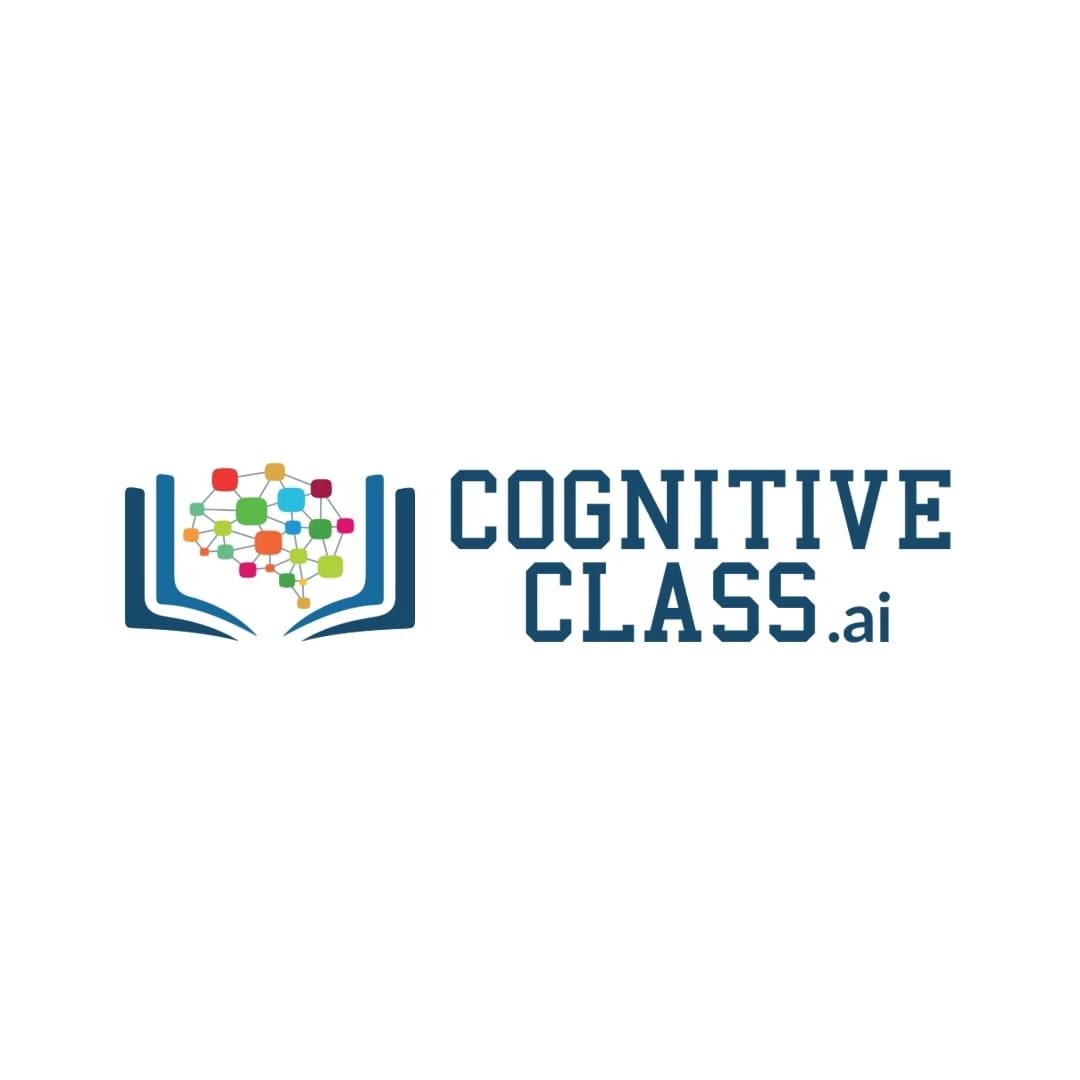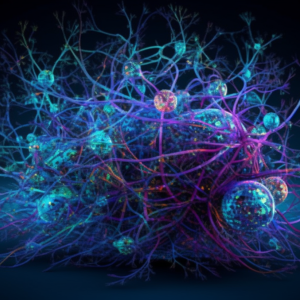This course contains items for the 2024 iBest workshop entitled “AI in Biomedical Sciences: A Comprehensive Workshop on Data Classification, Visualization, and Modelling”. The first part of this course covers classification using a variety of methods including KNN, linear classifiers, SVM, and decision tree based methods including random forest and gradient boosting. The second part introduces neural networks, object detection, U-Net, and generative adversarial networks (GANs). The second part also includes large language models (LLMs), transformers, and AI agent development using LangChain.
Course Syllabus
This is an in-person course; notes will only be available to attendees.
Part 1
Introduction to Biomedical Features
· Common biomedical features
· Motivating examples
k-Nearest Neighbors (KNN)
· Hyperparameter tuning (k)
· Metrics (accuracy, F1 score, AUC, etc.)
Linear Classifiers
· Logistic regression
· The Softmax function (time permitting)
Support Vector Machines (SVM)
Decision Trees
· Gini impurity and entropy
Random Forest
Gradient Boosting
· Feature importance in tree-based algorithms
· Handling imbalanced data
Model-Agnostic Feature Selection
Part 2
Neural Networks
· Softmax
· Multilayer perceptron (MLP)
Convolutional Neural Networks (CNN)
Object Detection (featuring a take-home assignment)
U-Net
GenAI for Images using GAN (featuring a take-home assignment)
Large Language Models (LLMs)
· One-hot encoding
· Bag-of-words
· Bigram models, N-gram models
· Word embeddings (word2vec)
Advanced Topics
· Transformers
· Causal decoders and encoders
· Fine-tuning (LoRA, PEFT)
· Reinforcement fine-tuning
· Retrieval-Augmented Generation (RAG) and memory
· LangChain – Lab with LangChain, RAG, and Llama 3.1 405B/Mistral Large 2 123B










There are no reviews yet.